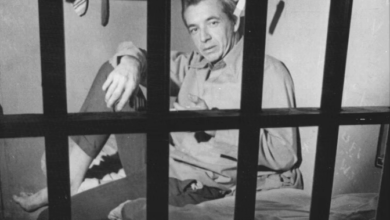The 2011 Norway Massacre
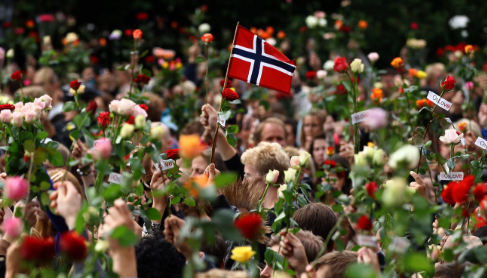
Anders Behring Breivik’s Day of Terror
On July 22, 2011, Norway—a country known for its peaceful society and low crime rates—was rocked by the worst act of violence it had experienced since World War II. In a horrifying sequence of events, a single man, Anders Behring Breivik, carried out a coordinated terrorist attack that left 77 people dead and more than 300 injured. The day would forever change Norway’s national consciousness and raise critical questions about the nature of extremism in the modern world.
A Peaceful Nation Shattered
Norway, a Scandinavian country often ranked among the safest and happiest in the world, was unprepared for the scale and savagery of what would unfold. On that summer afternoon, Breivik launched a two-part attack: first detonating a powerful car bomb in the government quarter of Oslo, and then conducting a mass shooting on the island of Utøya, where young members of the Labour Party were attending a summer camp.
These twin attacks were not random acts of violence. They were premeditated, ideologically motivated, and designed to send a message. Breivik saw himself as a crusader against what he perceived as the “Islamization” of Europe and the failure of Norway’s liberal political establishment to protect national identity. His targets were carefully chosen: the government offices represented political authority, and the youth camp symbolized the next generation of Norway’s left-wing leadership.
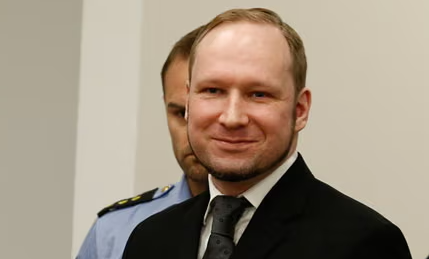
The Oslo Bombing
At 3:25 p.m., a car bomb exploded in front of the Norwegian Prime Minister’s office in Oslo. The blast killed eight people, injured dozens more, and caused extensive damage to several buildings in the city center. Smoke and debris filled the air, and the explosion was heard for miles. Emergency services responded rapidly, but what they didn’t know was that the bombing was merely a distraction—a precursor to something far more devastating.
The bombing diverted police resources and created national confusion, allowing Breivik to move on to the second, more deadly phase of his plan without immediate interference.
The Utøya Massacre
Approximately 90 minutes after the bombing, Breivik, dressed in a fake police uniform, arrived on Utøya island, located about 40 kilometers northwest of Oslo. The island was hosting the Workers’ Youth League (AUF), a summer camp for young people affiliated with the ruling Labour Party. Claiming to be there for a routine security check following the Oslo bombing, Breivik gained access to the camp.
Then he began shooting.
Over the next 72 minutes, Breivik hunted down the campers with chilling precision. Armed with a semi-automatic rifle and a handgun, he moved methodically across the island, calling out to victims and gunning them down as they tried to hide or swim away. Some pretended to be dead to avoid being targeted. Others attempted to shelter in buildings, under rocks, or in the cold water surrounding the island.
By the time police arrived and apprehended him at 6:35 p.m., 69 people on Utøya were dead—most of them teenagers. Many of the survivors were left traumatized for life, bearing both physical injuries and deep psychological scars.
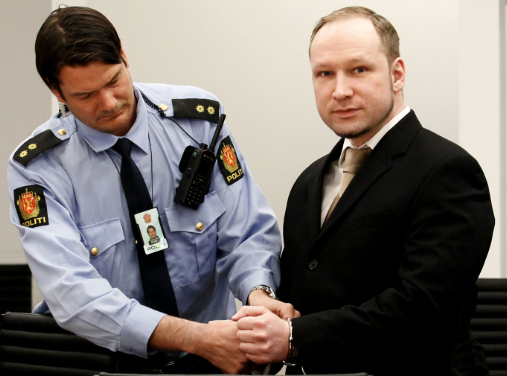
The Killer and His Motives
Anders Behring Breivik was a 32-year-old Norwegian man with far-right extremist views. He had no criminal record but had spent years planning the attacks in isolation. He meticulously prepared a 1,500-page manifesto titled “2083: A European Declaration of Independence,” which he emailed to thousands of people just hours before the attacks.
In this document, Breivik outlined his ultranationalist, anti-Islamic, and anti-immigration ideology. He blamed multiculturalism and the political left for the “cultural suicide” of Europe and called for a violent revolution against what he termed “cultural Marxists.” He referred to himself as a modern-day knight or “Templar” engaged in a holy war against Islam and its Western enablers.
He also described in detail how he planned and executed the attacks, including purchasing weapons, acquiring fertilizer to make explosives, and disguising himself as a police officer to gain access to Utøya.
The Trial
Breivik was arrested without resistance and later put on trial in 2012. Unlike many mass killers, he did not commit suicide or seek death in a standoff. Instead, he used the trial as a platform to promote his views, showing no remorse and even performing a Nazi-style salute in court.
The central question during the trial was whether Breivik was sane and responsible for his actions. While an initial psychiatric evaluation declared him psychotic, a second evaluation concluded that he was sane and fully aware of what he was doing. The court agreed with the latter assessment.
On August 24, 2012, Breivik was found guilty of terrorism and premeditated murder. He was sentenced to 21 years in prison—the maximum sentence under Norwegian law—with the possibility of indefinite extension if he is deemed a continued threat to society.
National and Global Impact
The attacks shocked not only Norway but the entire world. The idea that such a carefully orchestrated massacre could be carried out by a single native-born extremist in a peaceful democracy challenged prevailing assumptions about terrorism, which had largely been associated with Islamic extremism at the time.
Norway responded with remarkable resilience. Then-Prime Minister Jens Stoltenberg declared that the country would meet the violence with “more democracy, more openness, and more humanity.” Rather than allowing fear and hatred to take root, the Norwegian public chose unity, compassion, and reflection.
However, the attacks also sparked difficult conversations across Europe about immigration, integration, the rise of right-wing extremism, and the vulnerability of open societies. Breivik’s ideology—while widely condemned—echoed sentiments that were beginning to emerge in far-right circles across the continent.
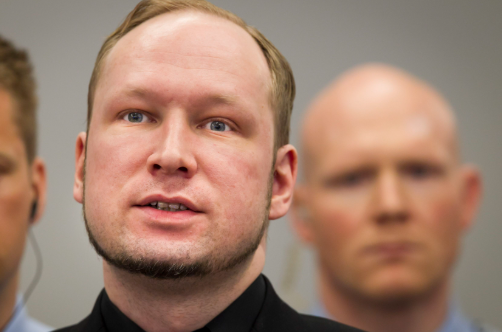
The Legacy
More than a decade later, the legacy of July 22, 2011, continues to shape Norwegian society. Memorials have been established in Oslo and on Utøya to honor the victims. Survivors, family members, and political leaders continue to engage in public discussions about the importance of tolerance, vigilance, and mental health support.
Utøya has been transformed from a site of tragedy into a place of learning and remembrance. The youth camp was eventually resumed, and a learning center was created to educate future generations about the dangers of extremism and the importance of democratic values.
Breivik, meanwhile, remains in prison, isolated and largely forgotten by the public—a stark contrast to the legacy of those he tried to silence.
Conclusion
The 2011 Norway massacre stands as one of the darkest chapters in the country’s history. Anders Behring Breivik’s meticulously planned attacks were not just acts of mass murder but deliberate attempts to destabilize society and incite hatred. In responding with unity and a reaffirmation of democratic values, Norway set an example for the world.
Yet, the attacks remain a sobering reminder that extremism can grow anywhere, and that the defense of peace, democracy, and inclusion requires constant vigilance.





